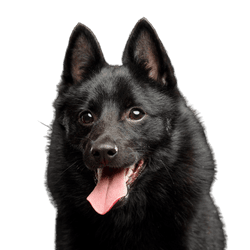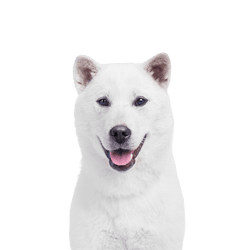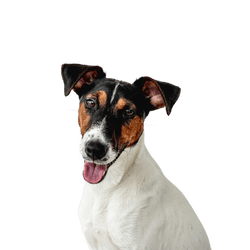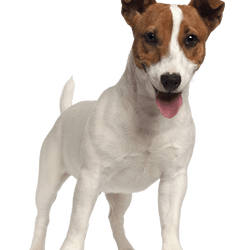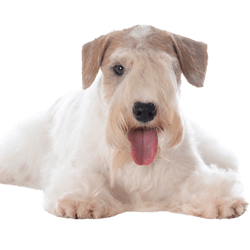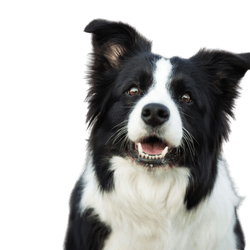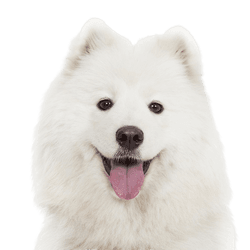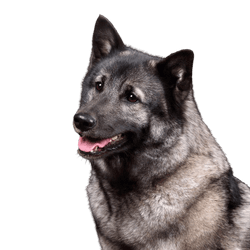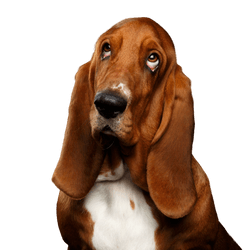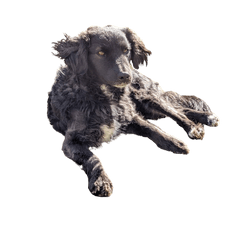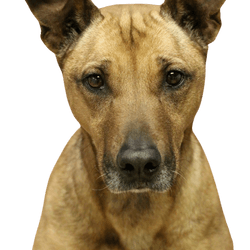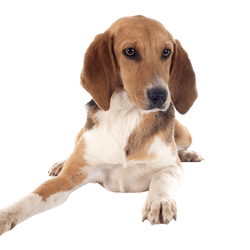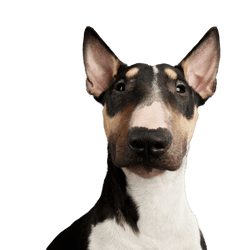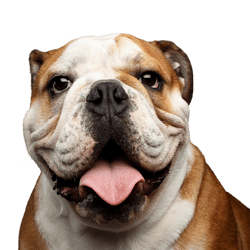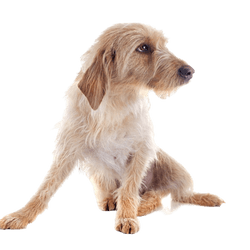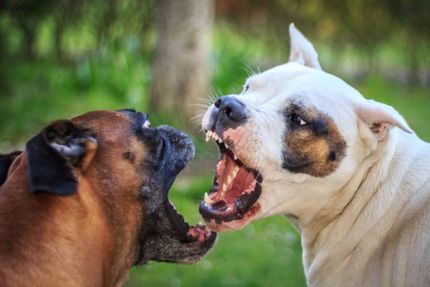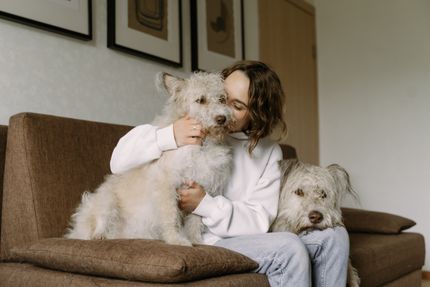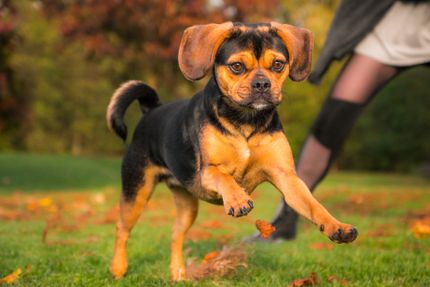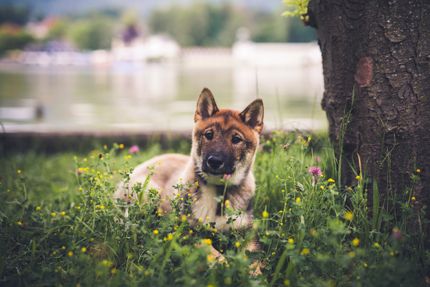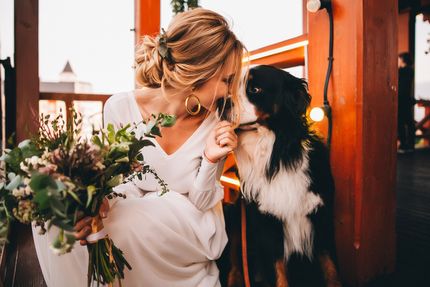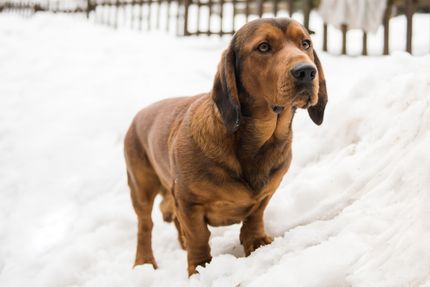
Mudi Breed description: Character & Co
Mudi
Facts & Origin
Where do Mudis come from?
The Mudi originated in Hungary in the 18th century as a natural mixture of various Hungarian herding and herding dogs. In addition, German-born small sheepdogs are also among the Mudi's ancestors, having previously come to the country with the Hungarian Swabians who settled in Hungary.
Already in 1815 a breed was described in Hungary, which is very close to a Mudi. The first official mention of the Mudi was in 1936 by a Hungarian museum director. It also gave the breed its name and started to organize the breeding.
Since 1963, the breed has been officially recognized by the FCI and is listed under the category Group 1 - Herding and Cattle Dogs. Mudis are relatively unknown outside their home country, but they are becoming increasingly popular in Europe, the USA and Canada.
In Hungary, Mudis were and are used mainly for herding and guarding pigs, goats, chickens, geese as well as cattle, horses and sheep. They are considered indispensable helpers and work independently.
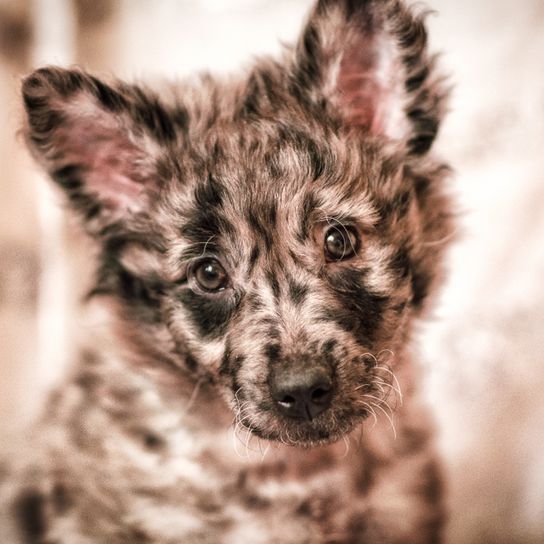
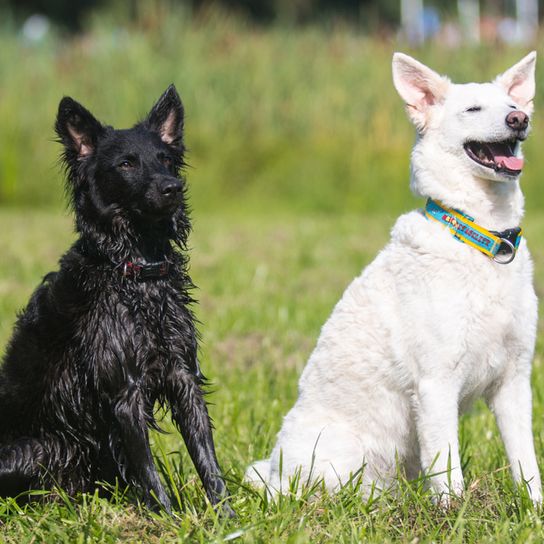
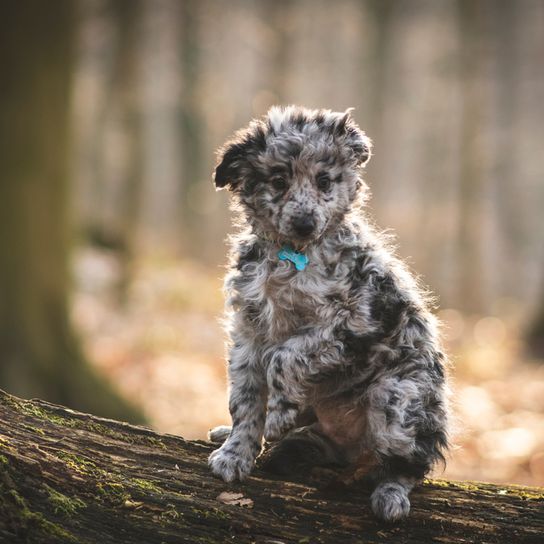
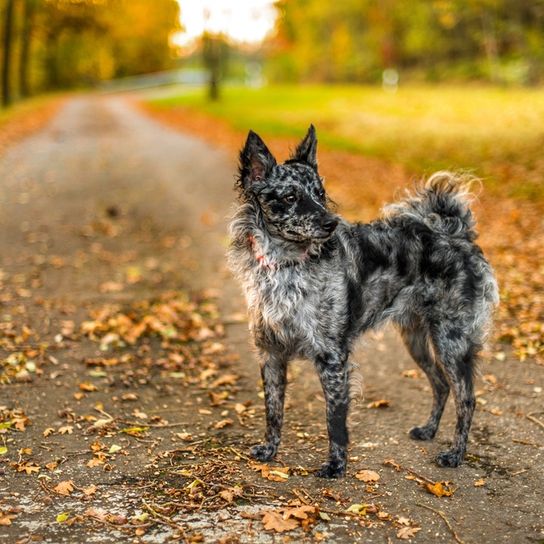
| Alternate Name | - |
| Origin | Hungary |
| Life expectancy | 13 - 15 years |
| Care requirements | low-maintenance |
| Activity level | high |
| FCI group | Sheepdogs |
| AKC group | Miscellaneous Group |
| KC group | not recognised |
Attitude, character and temperament of the breed
Typical character traits of the Mudi
Despite their origin as independent working dogs, Mudis are extremely sensitive and sensitive in character. Therefore, these dogs should be trained as positively as possible - too much harshness and punishment in the education work counterproductively. Mudis are very loyal and build up a close relationship with their humans. They tend to be suspicious of strangers, which is why good socialization in puppyhood is important.
The Mudi demands physical and mental activity. With enough exercise, the dogs behave quietly in the house and can also be kept in apartments. Due to their protective instinct, however, they may report incidents in the environment directly and loudly. Mudis are very patient and their characteristics make them ideal for dog sports and rescue work. Towards children and conspecifics, Mudis are loyal and serve as an honest protector.
Character
Usage
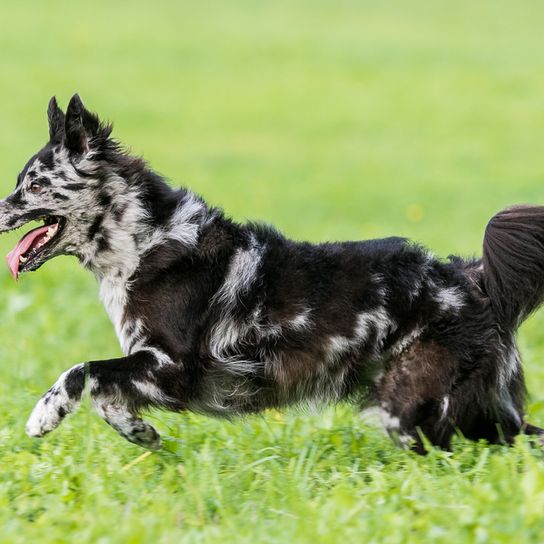

Health and breeding information
Care and health of the Mudi
Mudis are very low-maintenance dogs whose coat needs very little attention. It is dirt-repellent and hardly felts. However, you should brush your Mudi regularly to remove old hair. In addition, as with any other breed, you should regularly check the length of the claws and the cleanliness of the ears.
Due to its high robustness, the Mudi has a high life expectancy of 13 - 15 years. There are no known diseases typical for the breed.
Mudi breeding - where, how, what?
Mudis are still rare outside Hungary. In Germany as well as in Austria there are only a few registered breeders of this breed. If you are interested, you should have a look at the kennel and the available dogs and talk to the breeders. Generally you should only take a dog if the kennel makes a serious impression and the people treat their dogs with love.

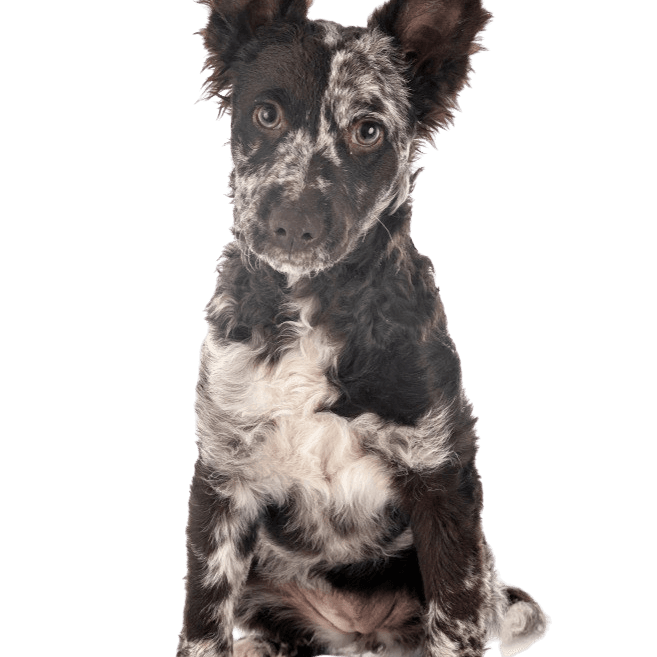
What are the breed characteristics of a Mudi?
With a shoulder height of 40 - 42 cm in females and 43 - 45 cm in males, the Mudi belongs to the medium-sized dog breeds. The weight is about 8 to 13 kg. They are compactly built and very agile.
Typical are the standing ears and the different coat types: While the fur on the head and the front of the legs is short and smooth, the remaining parts of the body are covered with longer, wavy or curly fur. The most common coat color is black, but brown, white, beige, merle and ash colors also occur. The Mudi should remain solid colored, small white markings are tolerated. However, especially the merle colored Mudis are very popular, because they look so special and are rarer. But be careful as with every Merle dog breed, a dog must not only look cute, but also the character must fit to the own lifestyle!
The tail is dense and covered with very long fur. It hangs when at rest, with the rear third curved upward. When excited, the Mudi's tail raises in a sickle-like fashion.
| Fur length | medium |
| Fur | flat coated |
| Ear shape | Standing Ears |
| Tail | lang |
| Anatomy | sporty |
| Size ♀ | 6 - 11 cm |
| Weight ♀ | 40 - 42 kg |
| Size ♂ | 8 - 13 cm |
| Weight ♂ | 43 - 45 kg |
| Suitable For | - |
Colors


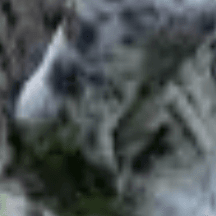
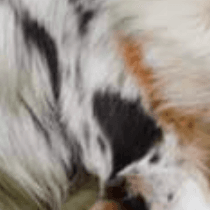



Other medium dogs
Useful Articles
You can find articles that might interest you in the dogbible blog to match your favorite breed.
Visit our magazineto stay up to date on dog trends.
To find out more, view our Privacy Policy
Find here the breed that suits you and find out what character traits it has. Here you can also learn more about the origin, size and weight of your favorite breeds.
Matching your favorite breed, you'll find articles that might interest you on the dogbible dog blog.
The 10 most beautiful hiking routes with dog in Germany
5 tips to prevent joint problems in dogs
Holland trip with dog - these are the most beautiful places
4 tips against stress on the leash - when master, mistress and dog walk relaxed
